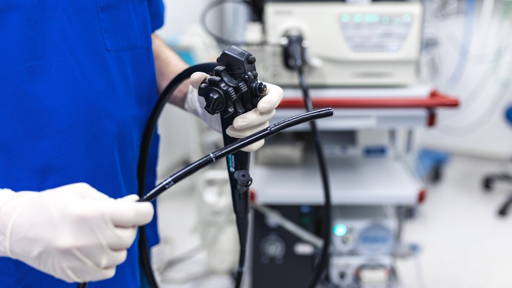An international research team led by Stockholm University has discovered why certain motor neurons are resistant to damage caused by amyotrophic lateral sclerosis (ALS), a disease for which there is currently no effective treatment. The findings, published in Genome Research, may contribute to the development of new therapies for this progressive and incurable neurological disease.
By analysing millions of messenger RNA molecules (mRNA), the researchers mapped gene activity in a hereditary form of ALS caused by mutations in the SOD1 gene. It was striking that certain motor neurons, particularly those that control the eye muscles, hardly respond to the disease. These cells appear to contain high basal levels of nerve-protective factors, such as En1, Pvalb, Galanin and Cd63.
Simultaneous gene activation
Sensitive nerve cells, on the other hand, actively try to protect themselves by temporarily activating the same protective genes. At the same time, regeneration-promoting genes such as Atf3 and Sprr1a are activated with the aim of restoring lost contact with muscles. However, these attempts often fail, contributing to the progressive course of ALS.
‘The insight that some neurons already produce high levels of protective factors at rest opens up new perspectives,’ says Eva Hedlund, professor of neurochemistry at Stockholm University. ‘By developing therapies that mimic or enhance this protective mechanism, we may be able to support the vulnerable motor neurons.’
Machine learning
The research team also used machine learning to analyse gene responses in sensitive motor neurons. This enabled them to identify three genes – VGF, INA and PENK – as promising biomarkers for ALS. These genes proved to be reliable disease indicators, regardless of the type of genetic mutation.
According to first author Irene Mei, a PhD student at Stockholm University, this offers opportunities for earlier diagnosis and more accurate monitoring of disease progression: ‘We hope that these biomarkers can be used in the future to better predict ALS and possibly also to evaluate the effect of treatments.’
The study was conducted in collaboration with the Paris Brain Institute and Örebro University and contributes to a growing understanding of the molecular mechanisms involved in neurodegenerative diseases. By combining transcription analysis and AI technology, the researchers emphasise the importance of personalised approaches to disease mechanisms that have so far been difficult to treat. The results of the study were published in Genome Research.
ALS diagnostics
Earlier this year, we reported on a new French study that offers hope in the diagnosis of ALS. The study compared three blood biomarkers: neurofilament light chain proteins, glial acidic proteins and phosphorylated tau 181. The results show that neurofilament light chain proteins are significantly elevated in ALS patients (three times higher than in comparable conditions) and were able to identify the disease with more than 80% accuracy.
In contrast, the other biomarkers were not reliable enough, with only about 50% accuracy. In addition, the level of neurofilament light chain protein also appears to have predictive value: patients with lower levels had a higher survival rate within a year, while at higher levels, no one was still alive.









